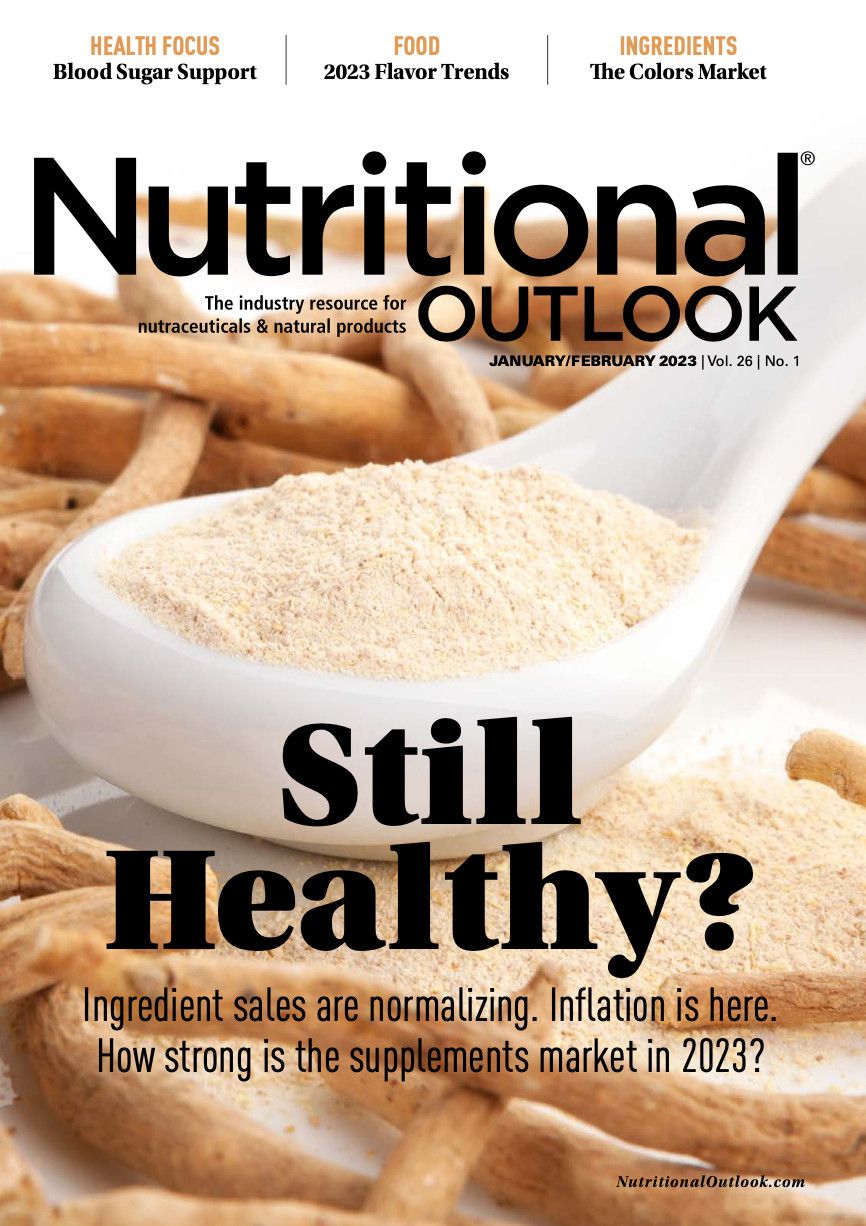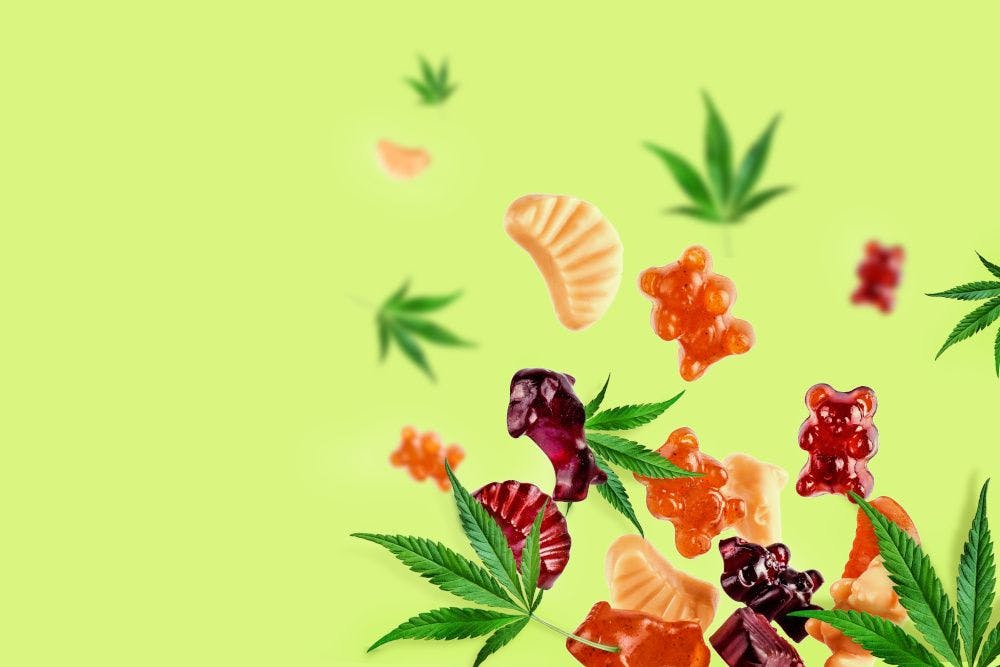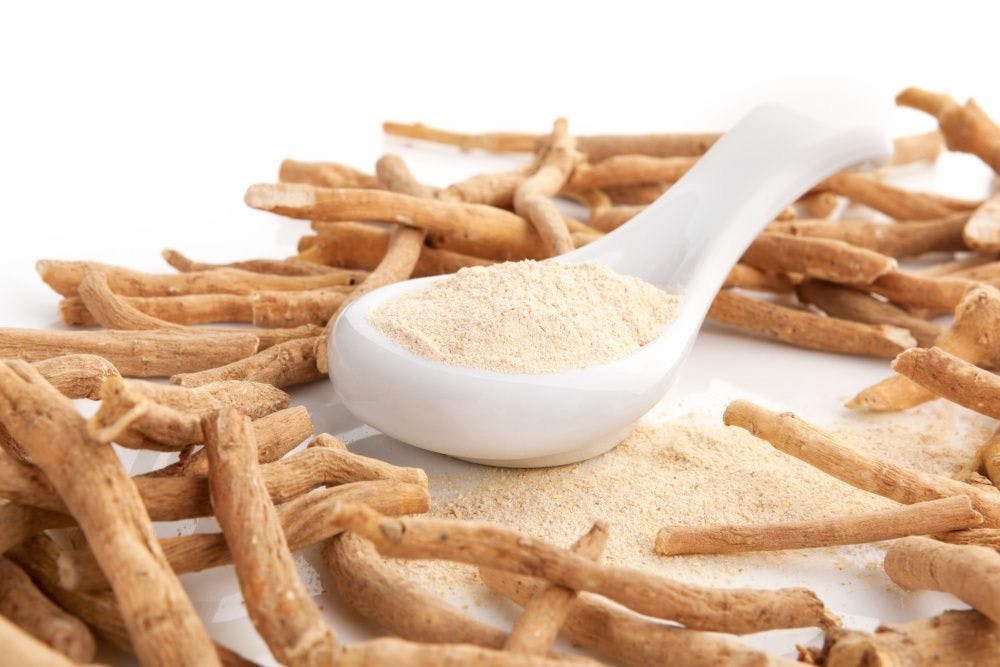Homeopathics in 2023: Are consumers connecting with homeopathics?
Plus, what are the brightest opportunities for homeopathic products?
Photo © AdobeStock.com

In 2022, sales of many supplement ingredients continued normalizing, coming down from the stratospheric growth they experienced during the early years of the pandemic. Data shared with Nutritional Outlook from market researcher SPINS showed many ingredients with smaller percentage gains in 2022 compared to the past few years. But one ingredient category in particular stood out with double-digit growth in 2022: homeopathics.
Indeed, SPINS data show sales of homeopathic specialty remedies growing 15% in the mainstream supplement ingredients channel in 2022 and growing nearly 20% in the natural retail channel. Homeopathics showed impressive gains in certain health categories—for instance, growing 34% in the mainstream cold-and-flu category and ranking as the number-two top-selling ingredient there. Similarly, in the natural cold-and-flu channel, homeopathic sales grew 55% last year, ranking as the number-two ingredient there as well. Homeopathic sales also increased, albeit less significantly, in categories like pain, sleep, and bone and digestive health.
It’s been awhile since we’ve written about homeopathics, so we thought it would be worth checking in with experts about what consumer interest in homeopathics looks like today. To start with, we asked Editorial Advisory Board member Scott Dicker, senior market insights analyst at SPINS, what might have caused homeopathic sales to grow in 2022.
According to Dicker, it could just be a case of recovering from some of the sales declines homeopathics saw in 2021. SPINS data show that while sales of dietary supplements overall skyrocketed in 2020 and 2021, during that time homeopathic sales declined somewhat. Now, he suspects, “I think we’re seeing some of that reverse effect. Instead of lapping great years to show flat or slightly up or slightly down growth, we’re coming off a pretty bad year [for homeopathics], and so it’s showing more growth to get back to a mean there.”
Don’t get him wrong, he says; 2022’s double-digit gains for homeopathics are still “very strong.” “But I do know that in the initial pandemic surge,” he says, “homeopathics seemed to be left behind in the supplement growth.” For instance, he says, when mainstream shoppers started dabbling in supplements for the first time during the pandemic, they might have connected more immediately with mainstream supplements and ingredients compared to homeopathics, which can be “a little more vague” to the supplement novice.
So, are consumers connecting with homeopathics? For insight, I turned to the American Association of Homeopathic Pharmacists (AAHP)—specifically, AAHP’s Secretary and Board Member Eric Foxman. First off, says Foxman, “Sales of homeopathic products did not decline in the past few years.” For instance, he says, even though inventory shortages in Q4 2020 and Q1 2021 hit the homeopathic market just as it did the supplements market and many others due to high demand, and even though rates of cold, cough, and flu—categories that account for approximately 60% of homeopathic sales—were “abnormally low” during the pandemic due to quarantine and mask mandates, “Several homeopathic manufacturers mentioned to the association that sales for the 2020 COVID year closed above average,” Foxman reports. “Consequently,” he says, “there was a slight adjustment in 2021, but 2021 sales were still higher than in the pre-COVID 2019 year.”
In fact, says Foxman, “The homeopathic category has seen steady and substantial growth over decades. COVID-19 heightened awareness of many self-care products, including homeopathic medicines, as consumers endeavored to shake off common treatable conditions and keep their immune systems high…This created a much larger base of consumers for increased awareness and trial of homeopathic medicines.”
These consumers might not even know what homeopathic means; they just might find themselves drawn to these products when shopping around. “Many of the consumers purchasing homeopathic drug products don’t have a predisposition to homeopathy,” Foxman says. “Rather, their focus is on ‘safer,’ ‘gentler,’ and more ‘natural’ products, especially for use with their children.” It’s no coincidence that many homeopathic purchasers are “educated mothers who may or may not also be a working mother,” he says.
In general, homeopathic products are considered to be more diluted products compared to dietary supplements. “Homeopathy is a 200-year-old European system of medicine,” Foxman explains. “The active ingredients in homeopathic medicines are highly diluted plants, animals, and minerals that relieve the same symptoms they cause at full strength (e.g., a microdose of coffee helps nervousness).” Basically, “Supplements or conventional OTCs may use the same raw material for active ingredients but do not undergo the homeopathic manufacturing process and therefore are not diluted to the extent of homeopathic medicines.”
Like supplements, however, homeopathic products are subject to FDA regulation. They must comply with requirements for current Good Manufacturing Practices , facility registration and inspections, and mandatory adverse-event reporting and recalls. Also, last December FDA issued final regulatory guidance for homeopathic product manufacturers.
FDA regulates homeopathics as OTC drugs (and a small percentage as prescription products) and requires homeopathic product manufacturers to state on labels and in advertising what a product’s uses are and what self-treatable symptoms it addresses, such as cough, cold, flu, muscle pain, occasional sleeplessness, and seasonal allergies, Foxman says. Consumers might turn to homeopathics for an additional health boost. For instance, he says, “If preventable measures aren’t enough, such as taking vitamin C labeled as an immune booster during cold season, it’s beneficial and safe to take a homeopathic medicine at the first sign of a symptom before waiting to try a heavier medication for a symptom that may have progressed.”
Considering consumers’ growing interest in health and wellness, Foxman says the future for homeopathic products looks bright. “The homeopathic category is poised for significant growth,” he says. “In addition to the heightened awareness and product trial, COVID-19 accelerated consumer online buying behavior and, as a result, many smaller brands have the ability to be discovered in an omnichannel environment.” Also putting homeopathics in front of a broader audience? The fact that national chain drug stores, mass merchandisers, and grocers are now selling these products. The products aren’t just limited to natural product stores anymore. “Store placement can be next to supplements or near OTCs for similar conditions—or in both areas,” Foxman suggests.
Given this, “AAHP expects to see substantial growth well above pre-COVID-19 levels,” he says. “There is nothing on the horizon that would change the positive trajectory the homeopathic category experienced over the past two decades.”
His conclusion: “As the demand for natural products has significantly grown over the decades, so will demand for homeopathic medicines.”
Dicker also sees opportunities for homeopathics to grow. “I think there’s a lot of opportunity for homeopathics to continue to gain market share, and you see them merchandised especially in things like children’s health in both the supplement and drug aisles. So I think there’s an opportunity for them to really play a growing role in a lot of the categories themselves.”
Innovative companies can modernize this time-tested category, too. “Look for these products breaking away from their traditional form of melt-away pellets or tablets that dissolve under the tongue,” Foxman says. “Manufacturers have opportunities as the category expands into gels, ointments and creams, syrups, eye drops, and suppositories.” In other words? Stay tuned.

Prinova acquires Aplinova to further increase its footprint in Latin America
April 7th 2025Prinova has recently announced the acquisition of Brazilian ingredients distributor Aplinova, which is a provider of specialty ingredients for a range of market segments that include food, beverage, supplements, and personal care.

























